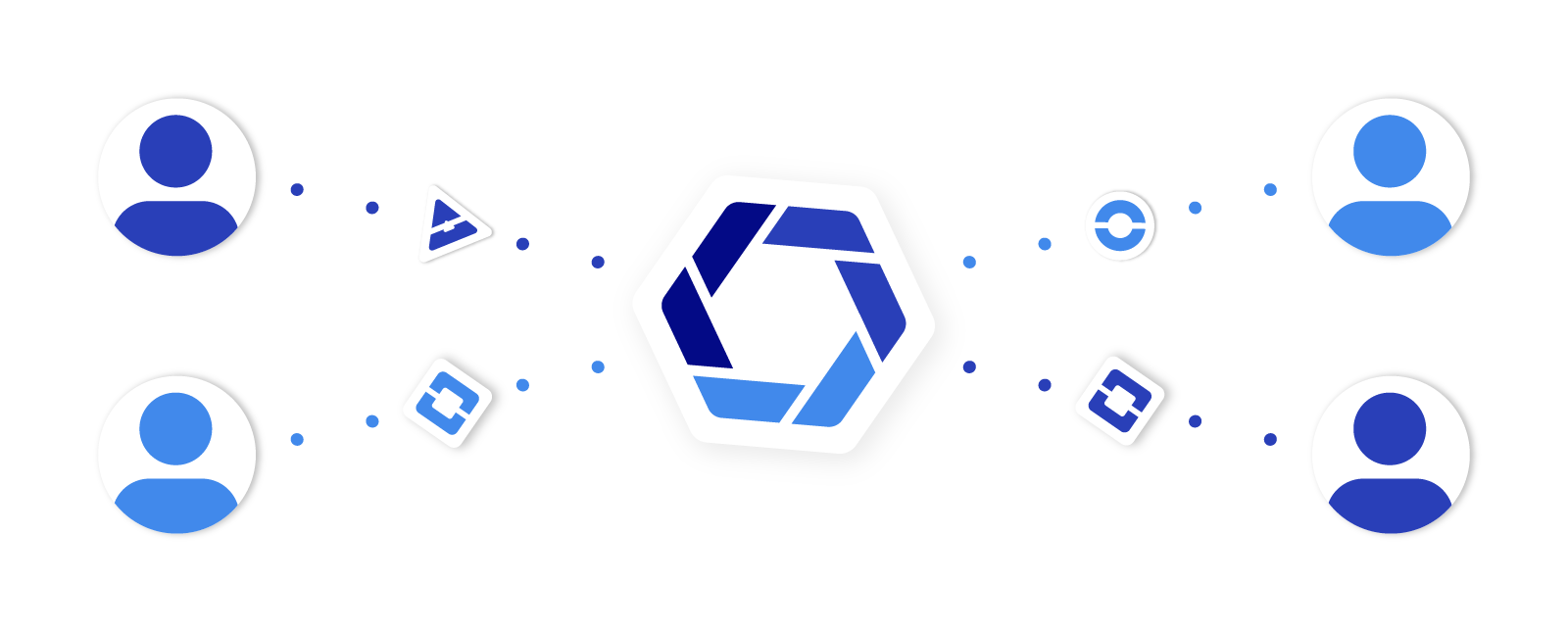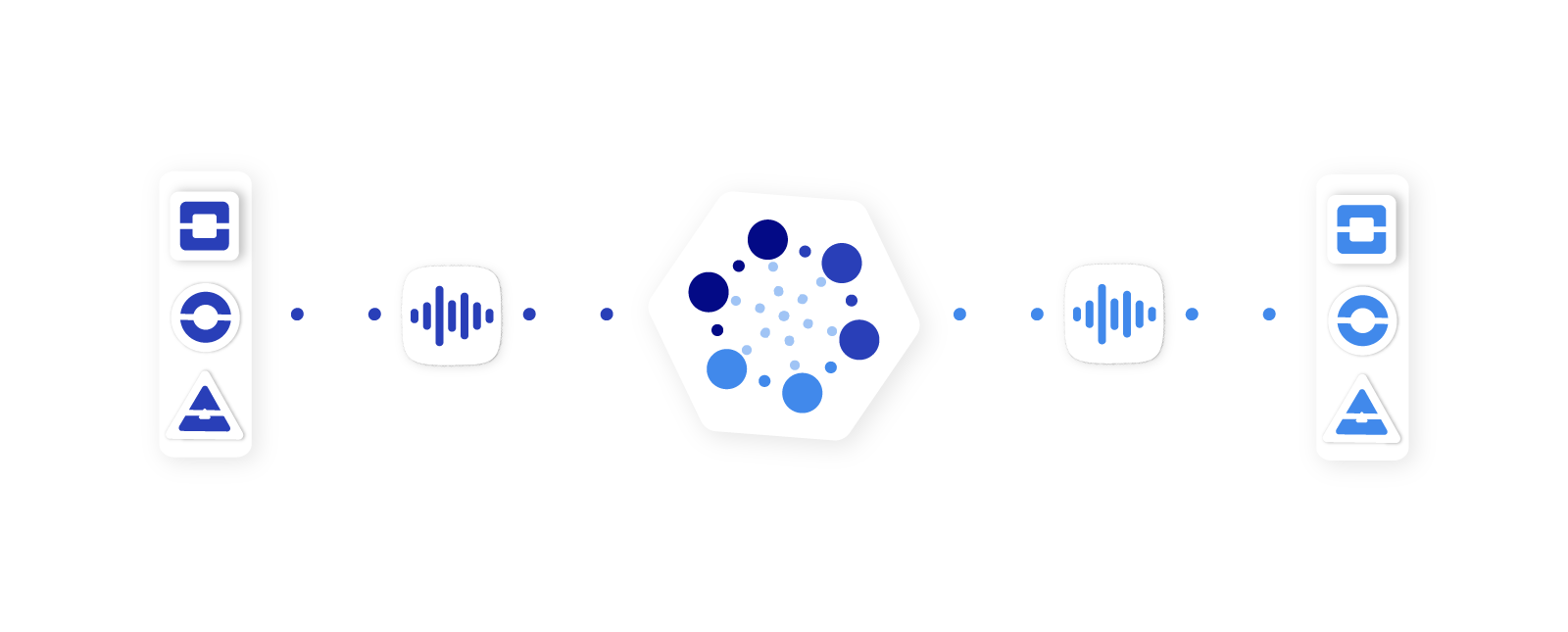Artificial intelligence (AI) and machine learning (ML) have become buzzwords in the world of technology and business, often used interchangeably or together as “AIML.” However, understanding the nuances and differences between these two concepts is crucial in leveraging their potential for your organization. AI and ML can provide businesses with the tools to automate processes, analyze vast amounts of data, and make more informed decisions.
This article will explore the differences between AI and ML, their strengths and limitations, and how to determine which is best suited for your needs. So whether you’re a business owner, a marketer, or simply curious about these exciting technologies, read on to discover what you need to know about AI and ML.
A Closer Look at AI and ML
Despite their growing prevalence, many people still need to learn what AI and ML entail and how they differ. They are related concepts, but they are not interchangeable.
AI is the broader concept that encompasses the ability of machines or systems to sense, reason, act, or adapt like humans. On the other hand, ML is an Al application that enables programs to extract knowledge from data and autonomously learn from it.
The relationship between AI and ML can be seen as AI being the parent and ML being its offspring. AI is the overarching concept that has given birth to various technologies, including ML. While AI is concerned with enabling machines to mimic human intelligence, ML focuses on teaching machines how to learn from data and improve their performance.
Let’s break it down.
Approach: AI encompasses many methods, including rule-based systems, expert systems, knowledge representation, and natural language processing (NLP). These rely on a combination of human expertise and intelligent algorithms to solve complex problems.
In contrast, ML focuses on building algorithms and models that can learn from data without being explicitly programmed. This approach involves training a model on a large dataset, allowing it to identify patterns and make predictions based on new data.
Data Requirements: The amount of data required for AI systems varies according to the approach used. Some AI systems may not require large amounts of data to perform their tasks, while others may need a significant amount of data to function effectively.
Meanwhile, ML algorithms require large amounts of data to train and improve their models. That is because they learn by identifying patterns in data, and more data allows them to place more accurate designs and improve their predictions.
Flexibility: AI systems are designed to perform specific tasks and follow set rules and protocols. However, they may need help to adapt to new jobs or situations not explicitly defined in their programming. On the other hand, ML models are designed to be flexible and adaptable, able to learn and apply knowledge from a wide range of problems and situations.
Human Involvement: In designing AI systems, human intervention is necessary to ensure that the system is designed according to the requirements of the specific task. The system must be programmed with rules to follow to achieve the desired outcome, which requires human involvement in the design process and the maintenance and updating of the system.
In contrast, ML models can learn from data automatically without requiring explicit programming. They are designed to identify patterns in data and learn from them, allowing them to improve their performance over time. That reduces the need for human involvement in their design and maintenance.
AI and ML are cutting-edge fields driving innovation in the tech industry but have different focuses and approaches. Understanding their differences is essential to appreciate better each field’s unique contributions to the broader tech industry.
Are You Familiar with AI?
Here are some examples of AI applications that you may use and be familiar with:
Personal Assistants: Personal assistants like Siri, Alexa, and Google Assistant use AI to understand natural language queries and provide accurate answers or perform tasks. They are designed to understand the context and intent behind the user’s questions and provide relevant and accurate responses.
Social Media: Social media platforms like Facebook and Twitter rely on AI algorithms to personalize content and advertisements based on the users’ interests and behavior. They use various data points, such as user location, age, gender, previous search history, and online activity, to create a personalized user experience.
AI algorithms analyze data to identify patterns and trends and then use this information to suggest content and ads relevant to the user. This approach improves user engagement and satisfaction, increasing user retention and revenue for the platform.
Online Shopping: E-commerce websites like Amazon and Alibaba use AI-powered recommendation systems to suggest products to their users based on their browsing and purchase history. This technology is designed to improve the customer experience by providing users with relevant and personalized product recommendations, increasing the likelihood of a sale.
Navigation: Navigation apps such as Waze and Google Maps use AI algorithms to optimize routes, predict traffic congestion, and estimate arrival times. They gather real-time data from various sources, including user reports, government transportation sensors, and historical traffic patterns. The algorithms analyze this data to determine the best route for a user based on their destination, location, and traffic conditions.
Streaming Services: Netflix and Spotify have become popular because of their ability to cater to individual tastes. They use AI algorithms to suggest movies, TV shows, and playlists based on user preferences and behavior. This personalized approach to content delivery enhances the user experience and retention rate.
Online Search: Online search is an essential component of the digital experience, and search engines like Google and Bing have revolutionized how we search for information online. These search engines use AI algorithms to understand search queries and provide relevant search results to users. They use natural language processing techniques to understand the meaning of words and identify entities and relationships between them.
Banking: Banks and financial institutions use AI algorithms to identify fraudulent activities, conduct risk analyses, and create personalized customer offers and services. AI algorithms can process vast amounts of data and detect patterns that are not easily visible to the human eye. They monitor transactions, identify suspicious behavior, and alert bank personnel in real time.
AI algorithms can also analyze data to detect potential risks and threats to the bank’s financial stability. Analyzing data such as economic indicators, market trends, and customer behavior can provide insights into the bank’s financial health and help identify potential risks before they become problematic.
In addition, AI algorithms can personalize customer offers and services by analyzing customer data such as spending patterns and transaction history. That can help banks and financial institutions build stronger customer relationships and improve customer satisfaction.
These are just a few examples of AI applications widely used today. As AI evolves and improves, we will see even more innovative applications emerge.
Are You Familiar with ML?
Here are some examples of ML applications that you may use and be familiar with:
Email Filtering: Email services like Gmail and Outlook use ML algorithms to filter spam messages and prioritize essential emails. These algorithms analyze each email’s content, structure, sender, recipient, and other features to determine its relevance to the user.
ML algorithms also help organize emails into categories like promotions, social, updates, and forums. These categories provide a quick overview of the different types of emails and allow the user to focus on the most important ones. The algorithms use a combination of content analysis, sender recognition, and user feedback to categorize emails accurately.
Image and Speech Recognition: Image recognition systems like those used in Google Photos are powered by ML algorithms to learn from large data sets and make predictions based on that learning. For example, they may learn to recognize a cat by identifying its ears, eyes, and whiskers. Once trained, they can analyze new images and classify them based on their known patterns.
Speech recognition systems use ML algorithms to analyze and transcribe spoken language. The algorithms are trained on large datasets of speech data and learn to recognize patterns in the sounds and rhythms of speech. They may learn to recognize the word “hello” sound by analyzing its frequency and duration. Once trained, they can transcribe and convert new speech data into text.
Online Advertising: Online advertising platforms such as Google Ads use ML algorithms to optimize ad targeting and display ads to users most likely interested in the advertised product or service. By analyzing user data such as search history, online activity, and demographic information, the platform can determine which users are most likely to engage with the ad and take action. Targeting ads to these users can increase the ad campaign’s effectiveness and improve the advertiser’s return on investment.
Online Shopping: E-commerce websites like Amazon and eBay use ML algorithms to offer personalized product recommendations based on their browsing and purchase history. The algorithms analyze users’ interactions with the website and their products, learning their preferences, interests, behaviors, and behaviors to predict which products they will likely buy. This approach enhances the user experience and increases the chances of making a sale.
Fraud Detection: Credit card companies and financial institutions depend on ML algorithms to identify fraudulent transactions and prevent losses. These algorithms analyze transaction patterns and identify anomalies in spending behavior, allowing financial institutions to act quickly and prevent losses.
Chatbots: Chatbots are AI-powered virtual assistants that use ML algorithms to understand natural language queries and provide appropriate responses. They can be integrated into websites, messaging platforms, and mobile apps. They can handle basic inquiries like order status or product information, freeing agents to address complex issues.
Autonomous Vehicles: Autonomous vehicles, also known as self-driving cars, rely on ML algorithms to process data from various sensors and cameras, such as the distance to other objects and the position of other vehicles. These algorithms analyze the data to make decisions and control the car.
These are just a few ways in which ML is being used today. As ML technology continues to evolve and improve, we will see even more innovative applications and use cases emerge in the future.
Which Is Best for You?
AI and ML are two different technologies that have unique applications. AI replicates human patterns and actions, while ML is designed to learn from large data sets.
So which is best for you? The choice depends on your specific needs and goals.
AI may be your best choice if you want to create a system that can mimic human behavior and decision-making. This technology can be used to develop chatbots, virtual assistants, and other tools that can interact with users in a more human-like way.
On the other hand, if you want to analyze and make predictions based on large data sets, then ML may be the better option. This technology can be used to develop predictive models to help businesses make smarter decisions based on data trends.
Ultimately, the choice between AI and ML will depend on your needs and goals. Working with a team of experts who can help you determine which technology is best suited for your project is essential.
At Kizen, we are here to help you make this transition to AI and ML with an industry-tailored data platform ready to supercharge your business. We have the expertise to organize and activate your data without disrupting your current operations and the resources to integrate with your existing software applications seamlessly. Connect with us on our website, and we’ll schedule a time to chat.











